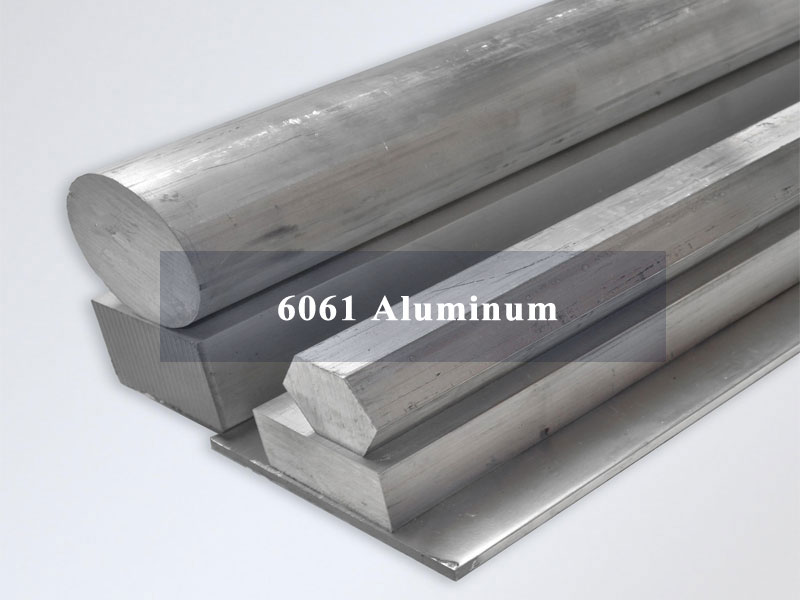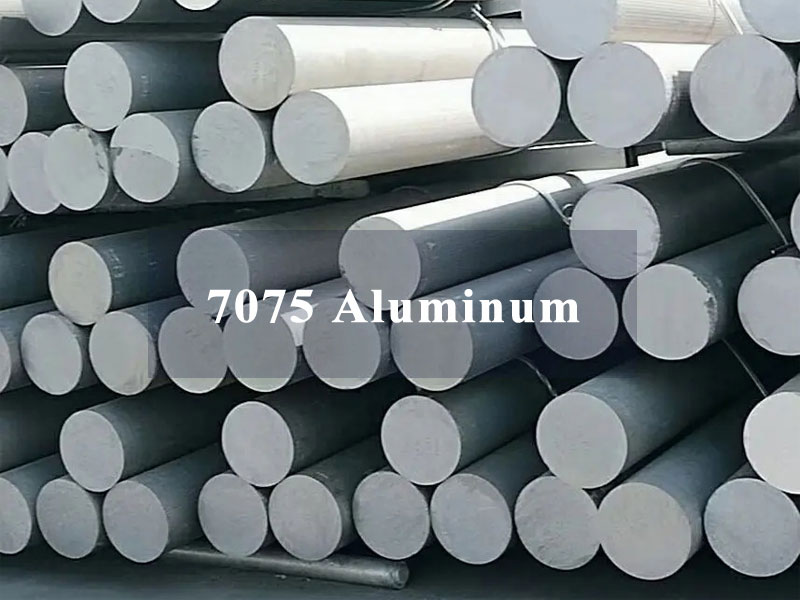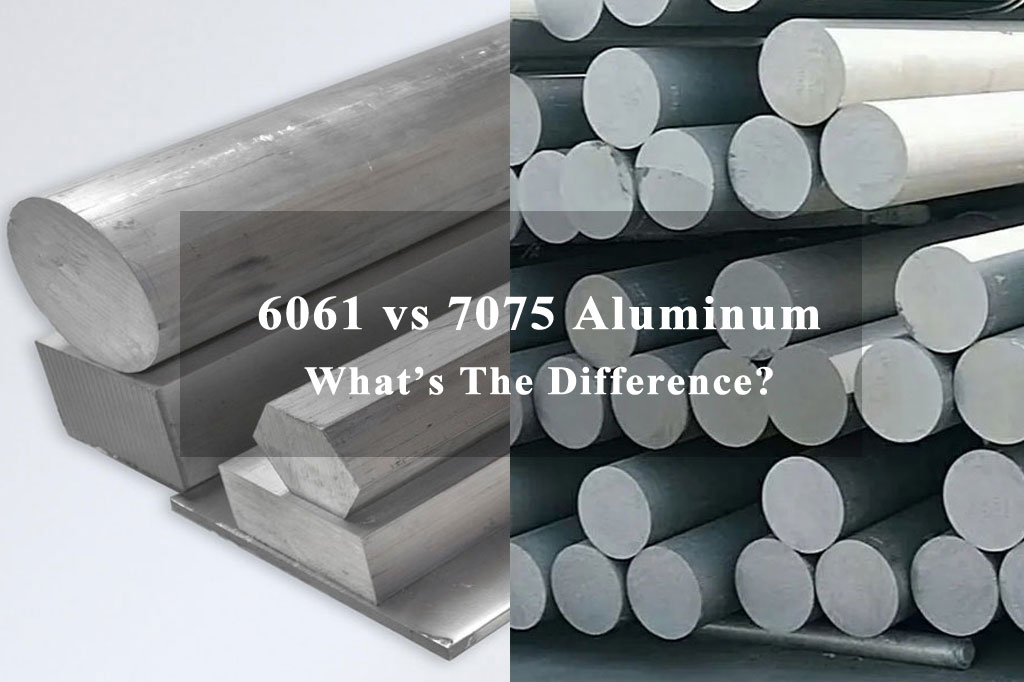Aluminum is a highly popular material in sheet metal fabrication, known for its lightweight, strength, and versatility.
Among the various aluminum alloys, 6061 and 7075 are two of the most commonly used. Each aluminum alloy has its unique properties that make it ideal for different applications.
In this article, we’ll compare 6061 aluminum and 7075 aluminum, examining their differences, uses, and characteristics.
1. Composition of 6061 and 7075 Aluminum
Aluminum alloys are classified by series, with each series having a specific combination of alloying elements.
The key to understanding the difference between 6061 and 7075 lies in their composition:
6061 Aluminum
This alloy is part of the 6000 series, which primarily contains magnesium and silicon as its main alloying elements. It is commonly used in applications requiring a balance of strength, corrosion resistance, and ease of fabrication.
The typical composition of 6061 includes:
- Silicon (Si): 0.4–0.8%
- Magnesium (Mg): 1.0–1.5%
- Copper (Cu): 0.15–0.4%
- Chromium (Cr): 0.04–0.35%
- Zinc (Zn): 0.25%

7075 Aluminum
Part of the 7000 series, 7075 aluminum contains zinc as its primary alloying element, which gives it high strength. Due to its outstanding strength-to-weight ratio, it is frequently used in aerospace and military applications.
The typical composition of 7075 includes:
- Zinc (Zn): 5.1–6.1%
- Magnesium (Mg): 2.1–2.9%
- Copper (Cu): 1.2–2.0%
- Chromium (Cr): 0.18–0.28%
- Silicon (Si): 0.4%
2. Mechanical Properties: Strength vs. Workability
When it comes to strength, 7075 aluminum stands out due to its high zinc content, offering much better mechanical properties compared to 6061 aluminum.
Below are some key differences in mechanical properties:
6061 Aluminum
- Tensile Strength: 40,000 to 45,000 psi
- Yield Strength: 25,000 psi
- Hardness: 95 Brinell (HB)
- Machinability: Good, with moderate to high ease of machining
- Workability: Excellent, easy to weld and form
7075 Aluminum
- Tensile Strength: 70,000 to 78,000 psi
- Yield Strength: 63,000 psi
- Hardness: 150 Brinell (HB)
- Machinability: Difficult to machine compared to 6061
- Workability: Poorer than 6061 due to its higher strength, making it harder to weld and form
While 7075 aluminum offers higher strength, 6061 aluminum is easier to work with, making it more suitable for processes like metal welding and metal cutting.
3. Corrosion Resistance
While both 6061 and 7075 aluminum offer strong corrosion resistance, there are key differences between them.
6061 Aluminum
6061 aluminum provides superior corrosion resistance, particularly when anodized, making it ideal for outdoor and marine environments. Its natural oxide coating offers protection against oxidation and corrosion.
7075 Aluminum
7075 aluminum is less resistant to corrosion compared to 6061, especially in harsh environments. However, it can be enhanced with a coating or anodizing to boost its corrosion resistance. Because of its lower resistance to corrosion, it’s often used in controlled environments such as aerospace and military applications, where high strength outweighs the need for corrosion resistance.

4. Applications: Where Each Alloy Shines
Due to their different properties, 6061 and 7075 aluminum are used in different applications:
6061 Aluminum
This alloy is highly versatile and is used in a variety of industries.
Some common applications include:
- Aircraft structures (non-critical components)
- Marine and automotive parts
- Structural components in construction and engineering
- Pipes and tubing
- Sports equipment and recreational products
- Bicycle frames
- Aerospace (for non-critical parts)
7075 Aluminum
7075 aluminum is primarily used in applications where high strength is essential.
These include:
- Aircraft and aerospace components (critical parts like wings, fuselages, and landing gear)
- Military applications (e.g., weaponry and gear)
- High-stress machine parts (e.g., gears, shafts, and fasteners)
- Performance sporting equipment (e.g., high-end bicycle frames)
- Marine applications (in specialized components where high strength is required)
5. Cost Considerations
7075 aluminum is generally more expensive than 6061 aluminum due to its higher strength, alloying elements, and more complex processing requirements. For non-critical applications that don’t demand the highest strength, 6061 is typically more cost-effective.
On the other hand, for applications requiring maximum strength and durability, the additional cost of 7075 may be justified.
6. Heat Treatment
Both 6061 and 7075 aluminum can be heat-treated to enhance their mechanical properties, but the heat treatment processes are different:
- 6061 Aluminum can be heat-treated to various tempers (T6 is the most common), which significantly increases its strength and hardness.
- 7075 Aluminum is usually heat-treated to the T6 temper, but its strength is higher even without the heat treatment, making it ideal for high-strength applications where further treatment may not be necessary.
7. Summary
| Property | 6061 Aluminum | 7075 Aluminum |
|---|---|---|
| Strength | Moderate to high | Very high |
| Tensile Strength | 40,000–45,000 psi | 70,000–78,000 psi |
| Corrosion Resistance | Excellent | Good, but requires coating or anodizing |
| Workability | Excellent (weldable, machinable) | Difficult to machine, poor weldability |
| Applications | General-purpose, structural, marine, etc. | Aerospace, military, high-stress parts |
| Cost | Lower | Higher due to advanced strength properties |

